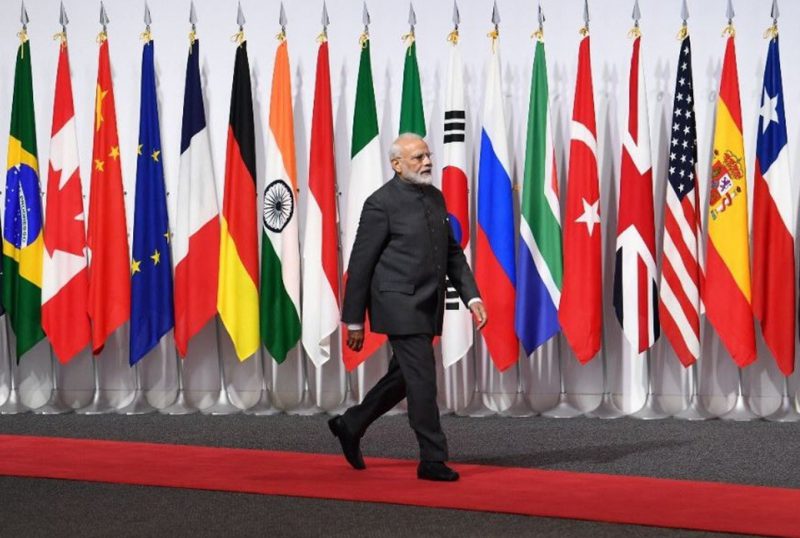BRICS member India finalized a major trade partnership with Nigeria on Friday switching away from the US dollar. Both countries will use local currencies in the bilateral trade agreement for energy, pharmaceuticals, and transport sectors. India and Nigeria have agreed to cooperate and settle trade in local currencies and not the US dollar.
Also Read: BRICS: 20% of Oil Payments Settled in Local Currencies, Not US Dollar
However, the local currency in question is yet to be finalized and could be either the Indian rupee or the Nigerian naira. The agreement comes at a time when BRICS is looking to uproot the US dollar as the world’s reserve currency. Read here to know how many sectors in the US will be affected if BRICS ditches the dollar for trade.
Also Read: BRICS: Economist Predicts One Final Rally Before the Markets Crash 50%
BRICS: India & Nigeria To Trade in Local Currencies, Ditch US Dollar


India and Nigeria’s latest trade agreement extends cooperation in the sectors of energy, pharmaceuticals, and transport. The delegation from India to Nigeria included officials from the Reserve Bank of India (RBI), EXIM Bank of India, and the National Payments Corporation of India (NPCI).
Also Read: BRICS: 11 Currencies Dip Against the US Dollar
“Both sides agreed to the early conclusion of the Local Currency Settlement System Agreement to further strengthen bilateral economic ties,” the ministry said. The move shows that BRICS nation India is keen on ending reliance on the US dollar to boost the rupee’s prospects.
Nigeria is India’s second-largest trading partner in Africa and has expressed interest in joining BRICS. Trade between the two countries stood at $11.8 billion in FY 2022-23. In 2023-24, the bilateral trade between India and Nigeria stood at $7.89 billion. BRICS is advancing to put local currencies ahead of the US dollar in most of their trade and transactions.
Also Read: U.S. Google Moves Jobs to BRICS Countries
If the development continues on a larger scale, the US dollar will remain in jeopardy. Also, the BRICS alliance revealed that the de-dollarization agenda is a long-term plan, therefore the next decade will be challenging for the US dollar.





